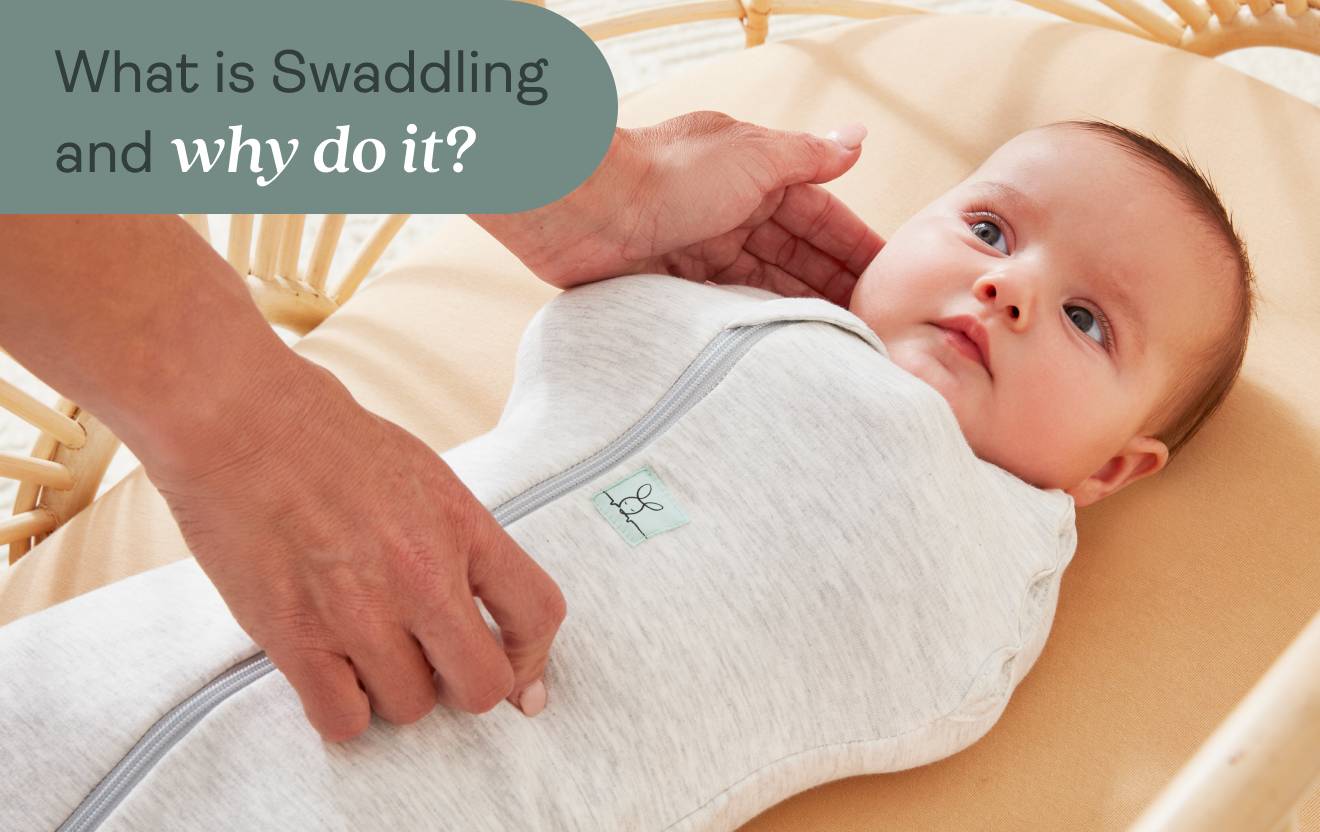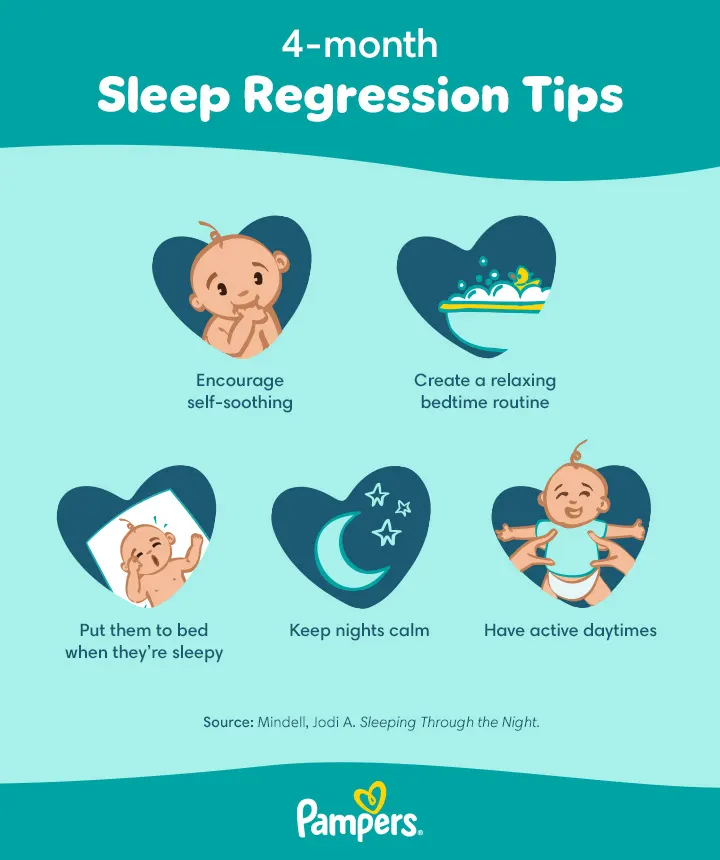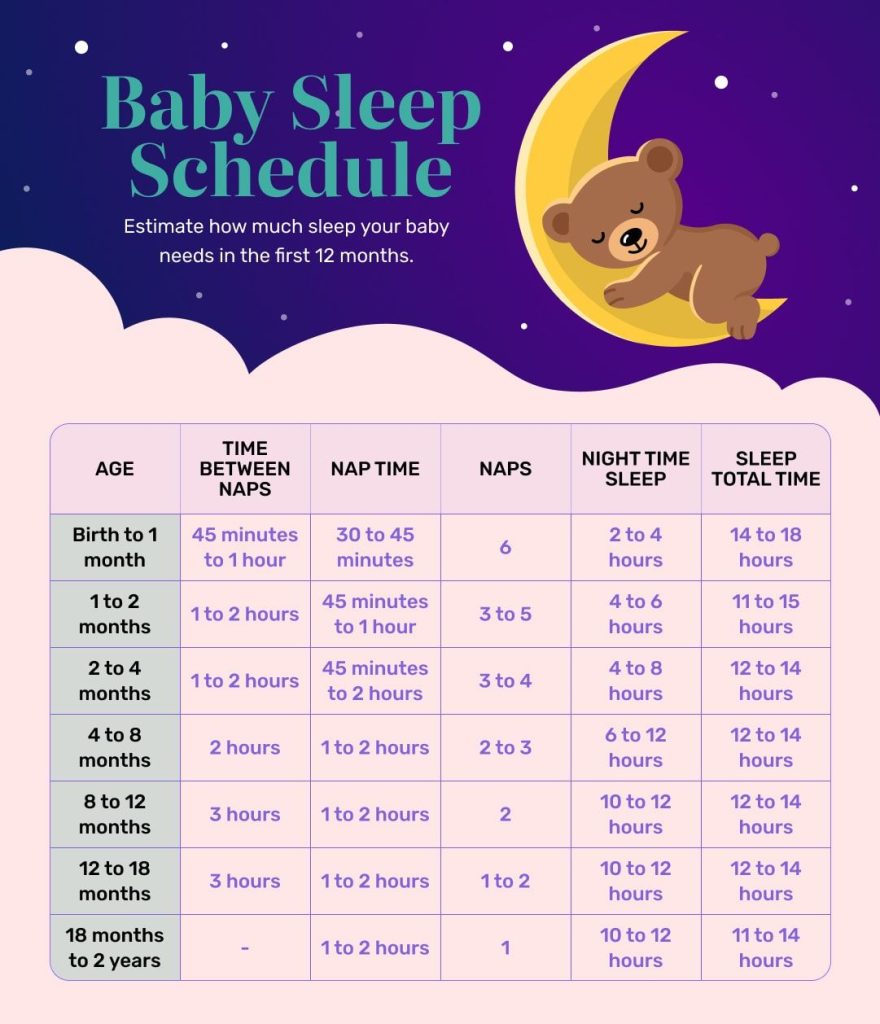Yes, swaddling can help a baby sleep better. It provides comfort and a sense of security.
Swaddling is an age-old technique that involves wrapping a baby snugly in a blanket. This practice can mimic the womb’s environment, helping babies feel secure and sleep longer. The gentle pressure from swaddling can prevent startle reflexes, leading to fewer sleep interruptions.
Parents often find that swaddled babies are calmer and more relaxed. It’s essential to swaddle correctly to ensure safety and comfort. Proper swaddling can promote better sleep patterns and improve overall well-being for both the baby and parents. Always consult with a pediatrician for personalized advice.

Credit: www.ergopouch.com
Benefits Of Swaddling
Swaddling can be a great way to help your baby sleep better. It involves wrapping your baby snugly in a blanket. This has many advantages for both baby and parents.
Promotes Better Sleep
Swaddling makes babies feel safe and secure. This helps them sleep longer and better. When babies sleep well, parents sleep well too. A well-rested baby is usually happier and healthier.
| Benefit | Description |
|---|---|
| Longer Sleep | Babies sleep for longer periods. |
| Deeper Sleep | Babies achieve deeper stages of sleep. |
Reduces Startle Reflex
Babies have a natural startle reflex. This can wake them up suddenly. Swaddling helps reduce this reflex. This means fewer wake-ups and more restful sleep.
- Less waking up during sleep.
- Babies feel more calm and secure.
Expert Opinions
Many parents wonder if swaddling helps their babies sleep better. To answer this, we look at expert opinions. We consulted pediatricians and sleep consultants. Their insights shed light on this age-old practice.
Pediatrician Insights
Pediatricians often recommend swaddling for newborns. Swaddling mimics the womb’s environment, making babies feel secure. This can reduce the startle reflex, helping babies sleep longer. Dr. Jane Smith, a well-known pediatrician, notes that swaddling can calm fussy babies. She advises parents to swaddle their babies tightly but safely.
Proper technique is crucial. Using a light blanket, ensure the baby’s hips can move. Do not cover the baby’s face. Overheating is a risk, so choose breathable fabrics. Dr. Smith emphasizes the importance of stopping swaddling once the baby shows signs of rolling over.
Sleep Consultant Views
Sleep consultants also support swaddling for better sleep. Susan Brown, a certified sleep consultant, states that swaddling can create a sleep routine. Babies thrive on consistency. Swaddling signals that it’s time to sleep. This routine can help babies fall asleep faster and stay asleep longer.
According to Brown, safety is key. Always place babies on their backs to sleep. Ensure the swaddle is snug but not too tight. Babies should have room to breathe and move their hips. Brown also recommends monitoring the baby’s temperature to avoid overheating.
Both experts agree on one thing: Swaddling can be beneficial. But it must be done correctly. Always prioritize your baby’s safety and comfort.
How To Swaddle Safely
Swaddling can create a cozy, womb-like environment for babies. Safe swaddling ensures your baby’s comfort and security. This guide covers how to swaddle safely.
Proper Techniques
Using proper techniques is vital for safe swaddling. Follow these steps:
- Lay out the blanket: Spread a blanket on a flat surface. Form a diamond shape with the point at the top.
- Fold the top corner down: Fold down the top corner about 6 inches to form a straight edge.
- Place the baby: Lay your baby on their back. Their neck should rest on the folded edge.
- Secure the arms: Gently hold your baby’s right arm down. Pull the left corner of the blanket over their body. Tuck it under the left side.
- Fold the bottom: Fold the bottom corner of the blanket up over the baby’s feet.
- Secure the other arm: Hold your baby’s left arm down. Pull the right corner of the blanket over their body. Tuck it under the right side.
Safety Precautions
Safety is paramount when swaddling your baby. Keep these precautions in mind:
- Not too tight: Ensure the swaddle is snug but not too tight. Your baby should be able to bend their hips and knees.
- Face up: Always place your swaddled baby on their back to sleep. This reduces the risk of SIDS.
- Monitor temperature: Ensure your baby does not overheat. Use lightweight swaddling blankets in warm weather.
- Stop swaddling: Stop swaddling when your baby shows signs of rolling over.
Swaddling Techniques
Swaddling can be a game-changer for your baby’s sleep. Different techniques can make swaddling easier and more effective. Let’s explore two popular methods: the traditional swaddle and modern swaddle methods.
Traditional Swaddle
The traditional swaddle is a time-tested technique. It involves wrapping your baby snugly in a blanket. This method creates a womb-like environment, helping your baby feel secure.
Follow these steps for a perfect traditional swaddle:
- Lay a blanket flat in a diamond shape.
- Fold the top corner down about 6 inches.
- Place your baby on the blanket, shoulders just below the fold.
- Bring the left corner over and tuck it under the baby.
- Fold the bottom corner up over the feet.
- Bring the right corner over and tuck it under the baby.
Ensure the swaddle is snug but not too tight. The baby should be able to move hips and legs.
Modern Swaddle Methods
Modern swaddle methods offer convenience and ease of use. They often come in the form of swaddle sacks or wraps. These products usually have Velcro or zippers for quick swaddling.
Here are some popular modern swaddle options:
- Swaddle Sacks: These are wearable blankets with Velcro or snaps.
- Swaddle Wraps: These use stretchy fabric for a snug fit.
- Zip-Up Swaddles: These have zippers for easy swaddling.
Modern swaddles can be easier for new parents. They can also be safer, reducing the risk of loose blankets.
Using these swaddling techniques can help your baby sleep better. Both traditional and modern methods have their benefits. Choose the one that works best for you and your baby.
When To Stop Swaddling
Swaddling can be a great way to help your baby sleep better. But there comes a time when you need to stop swaddling. Knowing when to stop swaddling is crucial for your baby’s safety and development.
Signs To Look For
There are clear signs that indicate it’s time to stop swaddling. Here are some signs:
- Rolling Over: If your baby starts to roll over, it’s time to stop swaddling. Rolling over while swaddled can be dangerous.
- Increased Mobility: If your baby is moving more, they need their arms free for balance and play.
- Breaking Free: If your baby keeps breaking out of the swaddle, they may not need it anymore.
Transitioning Out Of Swaddle
Transitioning out of the swaddle can be challenging. Here are some steps to make it easier:
- One Arm Out: Start by swaddling with one arm out. This allows your baby to adjust slowly.
- Both Arms Out: Next, swaddle with both arms out. This helps your baby get used to more freedom.
- Sleep Sack: Use a sleep sack as an alternative. It keeps your baby warm without restricting movement.
Here’s a simple table to summarize the signs and steps:
| Signs to Stop Swaddling | Steps to Transition |
|---|---|
| Rolling Over | One Arm Out |
| Increased Mobility | Both Arms Out |
| Breaking Free | Sleep Sack |
By recognizing these signs and following these steps, you can ensure a smooth transition. Your baby will sleep safely and comfortably.
Alternatives To Swaddling
Swaddling is a common method to help babies sleep, but not every baby enjoys it. There are various alternatives to swaddling that can also promote restful sleep for your little one. These alternatives offer comfort and safety, ensuring your baby sleeps soundly through the night.
Sleep Sacks
Sleep sacks are wearable blankets that provide warmth without the risk of loose blankets. They come in various materials and sizes to suit different seasons and ages. Sleep sacks allow for free movement while maintaining a snug feel, similar to swaddling.
- Safe: Reduces the risk of SIDS by eliminating loose blankets.
- Comfortable: Keeps the baby warm and cozy throughout the night.
- Versatile: Available in different fabrics for various climates.
| Material | Suitable Season |
|---|---|
| Cotton | All seasons |
| Fleece | Winter |
| Muslin | Summer |
Other Sleep Aids
Besides sleep sacks, there are other sleep aids that can help your baby sleep. Each offers unique benefits to ensure a peaceful night.
- White Noise Machines: These machines produce soothing sounds that mimic the womb.
- Pacifiers: Sucking on a pacifier can be comforting for many babies.
- Rocking Chairs: The gentle motion can lull babies to sleep.
- Soft Toys: A cuddly toy can provide comfort and a sense of security.
Choosing the right sleep aid depends on your baby’s preferences and needs. Experiment with different options to find what works best for your little one.
Common Concerns
Many parents wonder if swaddling is safe for their baby. While it can help babies sleep better, there are some common concerns to consider. Understanding these can help parents make informed decisions.
Overheating Risks
Overheating is a major concern with swaddling. Babies cannot regulate their body temperature well. Parents should use lightweight blankets for swaddling. Ensure the room temperature is not too high. Check your baby’s temperature often. Signs of overheating include sweating and damp hair. Always keep your baby’s face uncovered.
Hip Development Issues
Improper swaddling can affect a baby’s hips. Tight swaddling around the legs can cause hip dysplasia. Allow room for the baby’s legs to move. Use the “hip-healthy” swaddling technique. This method ensures the baby’s legs stay in a natural position. Using swaddle sacks with a loose bottom can help.
| Concern | Solution |
|---|---|
| Overheating | Use lightweight blankets, keep the room cool |
| Hip Development | Use “hip-healthy” swaddling techniques |
Swaddling can be beneficial when done correctly. Always keep your baby’s safety in mind.

Credit: www.nct.org.uk

Credit: www.thebump.com
Frequently Asked Questions
Do Babies Sleep Better When Swaddled?
Yes, babies often sleep better when swaddled. Swaddling helps them feel secure and reduces startle reflex. Always ensure proper technique to avoid risks.
Is It Okay To Swaddle A Baby All Night?
Yes, it’s safe to swaddle a baby all night if done correctly to prevent overheating and hip issues.
How Many Hours Can Baby Sleep In Swaddle?
Babies can sleep in a swaddle for 12-16 hours a day. Always ensure they’re on their back for safety.
Should You Swaddle Baby Before They Fall Asleep?
Yes, swaddle your baby before they fall asleep. Swaddling helps them feel secure and promotes better sleep. Ensure the swaddle is snug but not too tight. Always place your baby on their back to sleep.
Does Swaddling Improve Baby Sleep Quality?
Yes, swaddling can calm babies and reduce startle reflexes, promoting better and longer sleep.
Conclusion
Swaddling can be a helpful technique for improving your baby’s sleep. It provides comfort and security, mimicking the womb. Always ensure proper swaddling techniques to keep your baby safe. Every baby is different, so observe your baby’s responses. Swaddling can be a valuable tool in your parenting arsenal.


